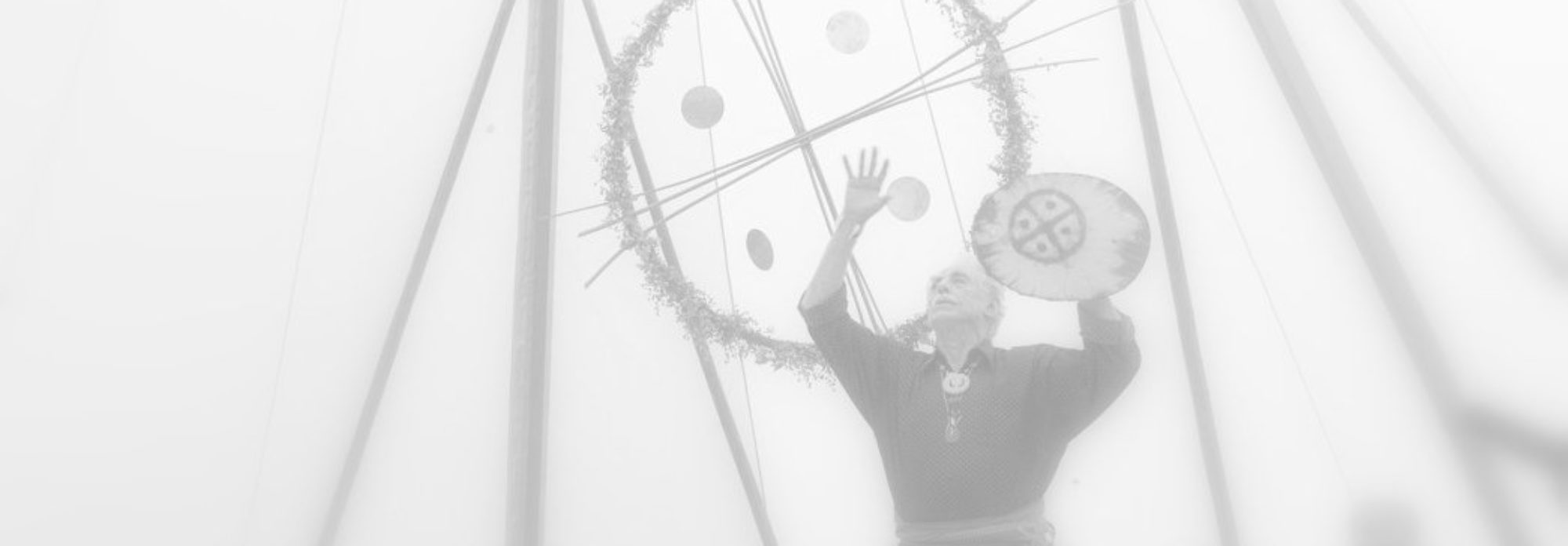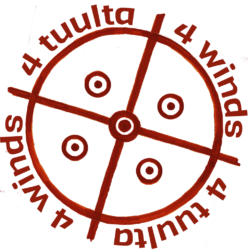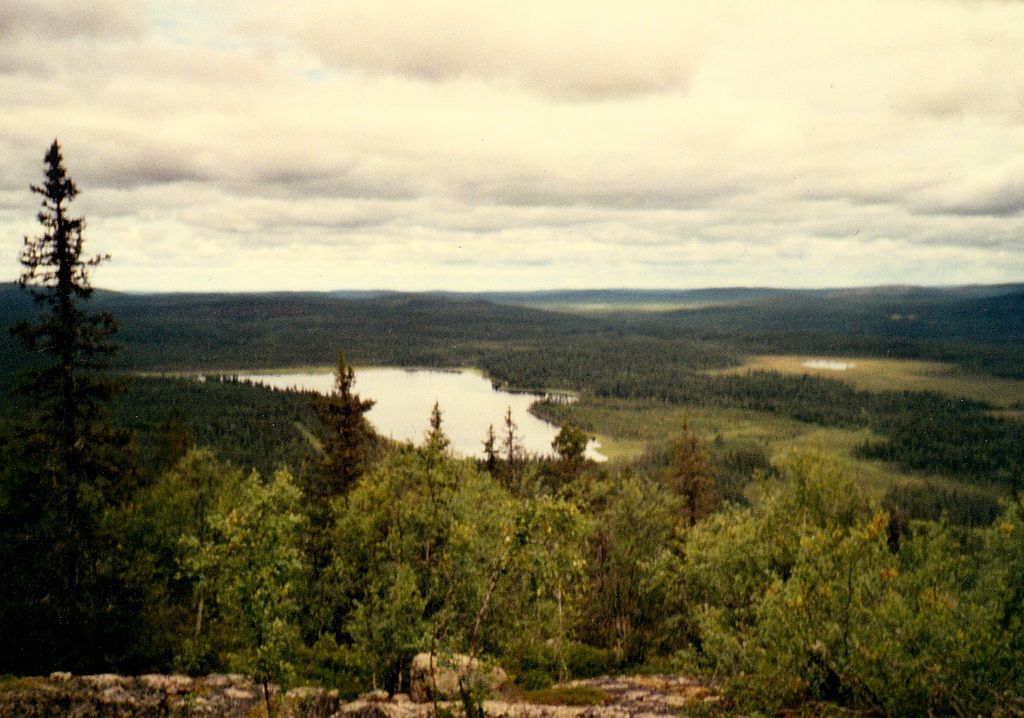Pello is located in the western part of the Lapland province in Tornionlaakso. The Northern Arctic Circle passes through the southern part of the municipality, at the village of Juokseng. Tornionlaakso’s culture has been given its own color by its location in the territory of two states. The part on the Finnish side is the central area of the municipality of Pello, the part on the Swedish side belongs to the municipality of Övertorneå. It is very common that even a Spouse is sought from a neighbor, i.e. from Sweden.
At the end of the Continuation War and during the War in Lapland, the inhabitants of Pello had to evacuate to the Swedish side. The German army burned almost the entire construction stock of the municipality when retreating, which happened elsewhere Lapland as well, considering the entire construction stock of Lapland. After the wars, at the time of construction and food rationing, ”joppa” flourished in Tornionjokilaakso. ”Joppa” means smuggling, in this case specifically from Sweden to Finland.
The villages are typically long and spacious riverside villages in Lapland. Only a small part of Lapland can be classified as an agglomeration. Dispersion of settlement over large areas and outside of built-up areas is a dominant feature in Lapland. Lapland’s municipalities are typically large in area and small in population. The settlement is spread over large areas and the distances are long.
Tornionjoki gives the Pello area its own look and, together with the nearby dangers, forms a unique natural environment. Tornionjoki is Europe’s longest free-flowing river, and a very prestigious salmon river. The river also has great historical significance in the culture of Tornionlaakso as a whole. The locals call the river Väylä, because it was used as the main passage in the old days.
When you think about images of Lapland, Sámi and things related to it quickly come to mind. The topic is multifaceted and big. Geographically, Pello as an area does not belong to the Sámi region or the Forest Sámi region, but of course Sámi people live all over Finland. If you want to learn more about Sámi issues, we recommend the following links:
https://www.metsasaamelaiset.fi/english/
https://www.samediggi.fi/sami-info/?lang=en
Pello is part of the reindeer herding area of Northern Finland. In Pello and its neighboring municipality Ylitornio, you can visit the reindeer at several locations. Reindeer is the provincial animal of Lapland. Reindeer is a semi-domesticated animal, which in its way of life and structure is similar to its base form of fell deer. Hundreds of years ago, deer hunters roamed in large areas according to the seasons, in the winter to the lichens of the shores of the Arctic Ocean and in the summer to the summer pastures of Northern Lapland, among other things. The number and density of reindeer remained low when natural factors, such as large predators and parasites, taxed the reindeer population. Reindeer management and established national borders made the reindeer population numerically larger. Laplanders have dozens, even hundreds of different names for reindeer, which describe e.g. gender, age, color, condition and character of the reindeer.
Lapland is full of contrasts and unique natural phenomena: kamos, northern lights, midnight sun and autumn. In Lapland, instead of four years, the annual cycle is divided into eight different periods. The model for eight seasons comes directly from the northern nature. The old people lived in nature and from nature. You can view Pello’s natural attractions from the following link: https://travelpello.fi/en/kohteet/nature-trails-lapland/
In Lapland, people’s way of life is connected by a certain state of mind: things are busy and a lot is done, but you don’t really feel the rush (at the time of the tourist season, that may not apply to everyone, though). Lapland has a can-do attitude. Something new is always being developed here. Life in the arctic north requires a unique attitude, creative madness and an excellent sense of humor. There is enough room to breathe in Lapland and Lapland has an empowering effect. One can well ask, is Lapland a state of mind or is it geography?
Finland’s population is concentrated in southern Finland, and things are often viewed from there. Sometimes we forget how long our country really is and the different starting points that result from that. One can also well So ask, are we in Lapland far from everything or in fact the opposite, in the middle of everything? Imaginations and reality always compare when talking about Lapland.


